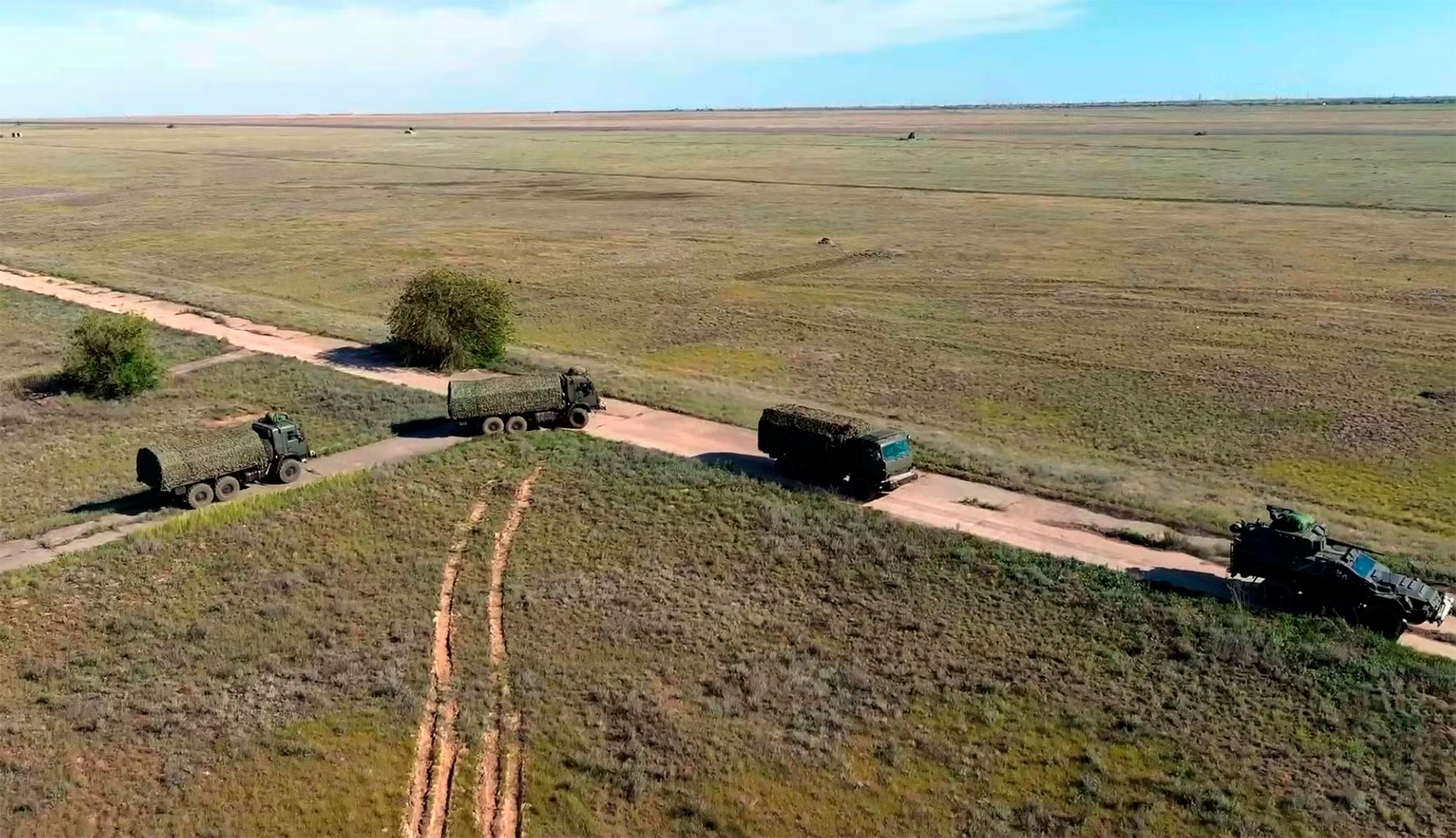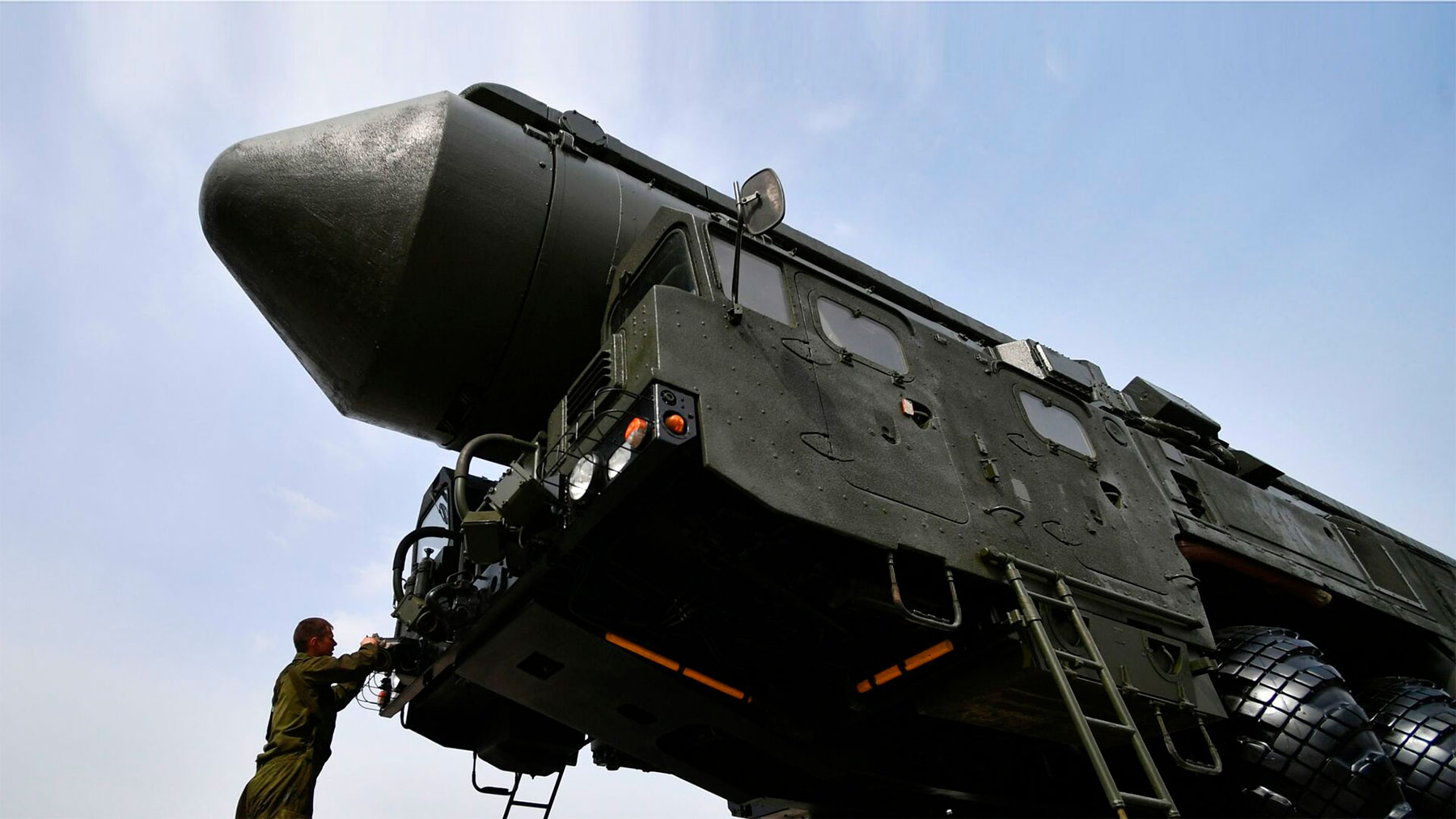In July 2024, on the margins of the NATO summit in Washington, official statements were made about the deployment of U.S. intermediate-range and shorter-range missiles (“long-range fires”) in Germany in 2026, as well as about the launch of the Franco-German-Polish-Italian program for the development of European land-based intermediate-range missiles. In general, this was not a big surprise, as the U.S. Army began the relevant organizational and staffing measures well in advance, and the concept of army “multidomain task force” units (equipped with both long-range precision weapons—Typhon, Dark Eagle, and PrSM systems—and, for example, electronic warfare capabilities) appeared, to put it mildly, not yesterday. And, nevertheless, the “spirit” of the next “Euromissile” crisis is in the air.
In this situation, many are wondering what Russia will do, especially since even before the statements “on the margins” of the NATO summit, the issue of production and deployment of missiles of the relevant classes was addressed at a meeting of President Vladimir Putin with permanent members of the Security Council of the Russian Federation. Based on earlier official comments one can assume the imminent roll-out of the following weapons:
- “True” Kalibr cruise missile in the ground-launched version.
- A hypersonic land-based medium-range missile system, which could be developed based on the sea-based Tsirkon hypersonic missile or a modernized version of the aeroballistic missile from the Iskander-M system.
We are likely to see a rapid horizontal and vertical proliferation of such weapons, and the corresponding risks of escalation. The pace may be modest at first, but if current trends continue, a full-fledged arms race is almost inevitable.
A separate problem is finding appropriate tools from the arms control arsenal, which will eventually return if we live long enough, but this requires a separate in-depth analysis.
In July 2024, on the margins of the NATO summit in Washington, official statements were made about the deployment of U.S. intermediate-range and shorter-range missiles (“long-range fires”) in Germany in 2026, as well as about the launch of the Franco-German-Polish-Italian program for the development of European land-based intermediate-range missiles. In general, this was not a big surprise, as the U.S. Army began the relevant organizational and staffing measures well in advance, and the concept of army “multidomain task force” units (equipped with both long-range precision weapons—Typhon, Dark Eagle, and PrSM systems—and, for example, electronic warfare capabilities) appeared, to put it mildly, not yesterday. And, nevertheless, the “spirit” of the next “Euromissile” crisis is in the air.
In addition to internal drivers, an attempt to repeat, or rather reenact, NATO's “Double-Track Decision” from the previous Cold War could have influenced the American decision, especially since China, which has an impressive arsenal of intermediate-range missiles, is a long-term rival for the United States. This idea seems strange for several reasons that are worth highlighting.
First, the most significant difference between the current situation and the late 1970s and early 1980s is that back then most discussions focused on nuclear-tipped missiles. This might be the reason there are fewer doubts on the part of U.S. allies and partners about the deployment of non-nuclear missiles on their territories. At the same time, given the “naval” origin of the Typhon launchers (and the Dark Eagle also has a naval “twin”) and the continuing U.S. plans to return nuclear-capable sea-based cruise missiles to the arsenal, one cannot rule out “backward compatibility” and the emergence of U.S. land-based nuclear intermediate-range missiles. At the same time, the Ministry of Foreign Affairs of the Russian Federation made it clear that Russia is open to the possibility of deploying nuclear-capable missiles as a response to U.S. missiles in Germany thereby emphasizing the return of the nuclear dimension to the whole situation.
Second, disarmament, especially nuclear disarmament, was a political and diplomatic priority for the USSR. One can argue about how sincere the decision-makers of those times were, but it is obvious that the current Russian leadership is not so interested in further nuclear and especially non-nuclear disarmament at this stage. Ending or at least slowing down the arms race and a regional “moratorium” on the deployment of INF-range weapons, which is living out its last days, are the most ambitious goals possible in this area.
Third, that confrontation was between two global adversaries and the blocs led by them. China, of course, was also a factor, but to a greater extent for Moscow, and the dynamics there were different. As far as we can tell, battlefield nuclear weapons enjoyed more attention. At the same time, the geography of U.S. and Soviet troop deployments and the degree of allied involvement was also different.
Fourth, China is not interested in doing anything about its INF-range weapons, let alone other countries with similar capabilities, both in Europe and Asia. Moreover, for countries that retained and/or developed such weapons over the life of INF Treaty, these weapons had a vastly different role from the Pershings, Gryphons, Pioners, and Relyefs of their day. Accordingly, the logic of their reduction and destruction should be different.
Fifth, as already mentioned, current U.S. thinking about such land-based long-range non-nuclear weapons suggests that they are for warfighting, complementing sea-based and air-based capabilities in every theatre of operations, and U.S. allies and partners should also possess such capabilities in one way or another.
In this situation, many are wondering what Russia will do, especially since even before the statements “on the margins” of the NATO summit, the issue of production and deployment of missiles of the relevant classes was addressed at a meeting of President Vladimir Putin with permanent members of the Security Council of the Russian Federation. Based on earlier official comments one can assume the imminent roll-out of the following weapons:
- “True” Kalibr cruise missile in the ground-launched version.
- A hypersonic land-based medium-range missile system, which could be developed based on the sea-based Tsirkon hypersonic missile or a modernized version of the aeroballistic missile from the Iskander-M system.
It is still difficult to assume the pace of production and deployment, as well as deployment areas once the weapons are ready: both the Leningrad Military District, focused on NATO deterrence, and the traditional training unit for new missile weapons at the Kapustin Yar range in the Southern Military District are possible. These weapons might also see some real-life action within the Special Military Operation in Ukraine.
However, given the strategic nature of the U.S. weapons being deployed to Europe (given their range) and the Russian side's belief that all key decisions are made in Washington, a greater emphasis on taking the United States directly in the “crosshairs” is also possible. This can be achieved in a kind of asymmetric way, as has already been announced and even partially demonstrated: for example, by deploying sea-based hypersonic weapons carriers on patrols off the U.S. coast. But there could also be another “retro”—option with the deployment of notional “high intermediate-range missiles” akin to the Pioner in the Russian Far East, formally staying within the framework of the still valid, albeit suspended, New START. While this is likely to be less of a concern in 2026, it is unlikely that there is anything to be happy about.
Another variable is the extent to which European and Asian allies and partners of the U.S. are developing and deploying INF-range weapons, many of whom are already doing so. We are likely to see a rapid horizontal and vertical proliferation of such weapons, and the corresponding risks of escalation. The pace may be modest at first, but if current trends continue, a full-fledged arms race is almost inevitable.
A separate problem is finding appropriate tools from the arms control arsenal, which will eventually return if we live long enough, but this requires a separate in-depth analysis.
Originally published in Russian by Kommersant.






